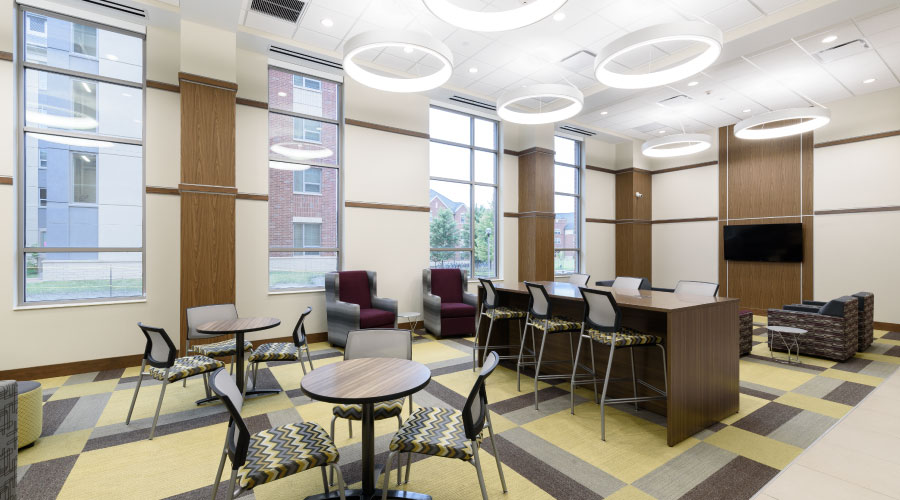How to Recommission and Revitalize Lighting Control Systems
First of a 3-part article on evaluating and improving lighting control systems
There are many reasons a lighting control system can fall short of its potential for efficiency and functionality. Perhaps it was never installed to meet the demands of the space, or it was installed without regard for the use of the space. Or perhaps a system was designed with one intent, but its purpose changed over time. Any of these scenarios require a facility manager to re-evaluate the efficiency of lighting controls and determine if recommissioning is needed. If so, that recommissioning process will look, in part, at issues of space, design, testing, and training, and involve considerable information gathering, system assessment, and goal setting.
"When you recommission, you have to figure out what the current facility requirements are, and maybe some of them have changed over time in terms of use," says Paul M. Meyer, senior vice president for commissioning for WSP. "Once we figure out how they are using the space, we can run tests to see if the system is working the way it should."
Recommissioning any building system essentially repeats some or all of the initial commissioning process and "revitalizes" a building, says Craig DiLouie, education director for the Lighting Controls Association. Pointing to ASHRAE Guideline 0 as a starting point, DiLouie notes that commissioning includes determining the space’s requirements, producing a basis of design, testing the performance of the equipment, training facility personnel, and ensuring the turnover of a systems manual containing all the documentation needed to maintain the design intent.
"Many lighting and control systems were installed without being properly commissioned, and the existing lighting and control system may not reflect current owner requirements," he says. "(Recommissioning) involves applying some or all of the commissioning process to these systems. It ensures that the existing lighting and control system is fully functional and satisfies owner requirements and the design intent."
Taking the First Step
Once the decision to recommission a lighting control system is made, a "fact-finding" mission needs to occur so that as much information as possible can be gathered about the building and the lighting system, says Robert Fagnant, associate partner with Syska Hennessy Group. Having and reviewing operating manuals and wiring diagrams is helpful, followed by a visit to a building to understand all the pieces of a lighting system, how they work together, and precisely what the system is supposed to do, he says.
After it’s clear what’s included in a lighting control system and how it operates, the next step is to determine whether the system is operating as intended, or if facility managers hope it could do something different. Often times, Fagnant says, the lighting control system isn’t meeting the building’s needs.
At the start of the recommissioning process, Fagnant says, facility managers need to determine the goals. "Is it to use less energy? Is it a matter of nuisance issues, with sensors turning lights on and off when people are in the room? You need good communication among the parties and to find out what the goals are."
When running a test to see if a lighting control system is working the way it should, Meyer says he’s developing line-by-line actions to make that determination. The test is designed to cover everything a lighting control system is asked to do. For example, if a lighting control system was modified to add occupancy sensors, the test will help determine if the sensors are working as they should and if they are integrated into the system in the best way possible.
Once the test is completed, Meyer generates a list of items that didn’t pass. Many facility managers want a payback column included in the list — a column detailing how long it will take a change to, in essence, pay for itself. The facility manager must then decide which issues must be addressed, which can wait, and which are optional. "We essentially come up with an action list," Meyer says.
Related Topics:














